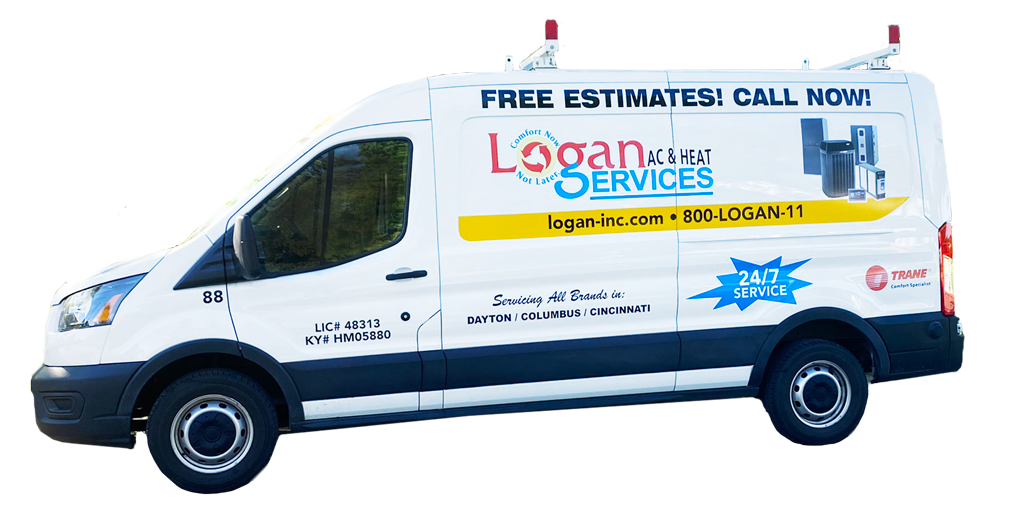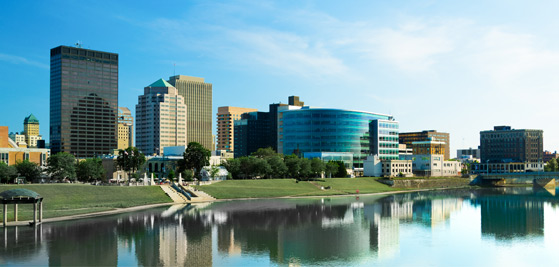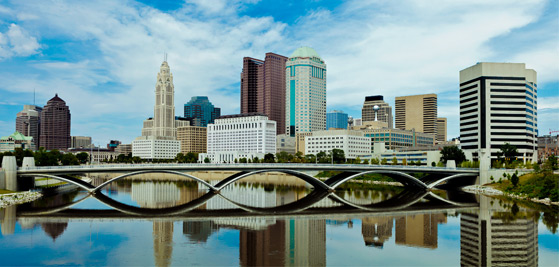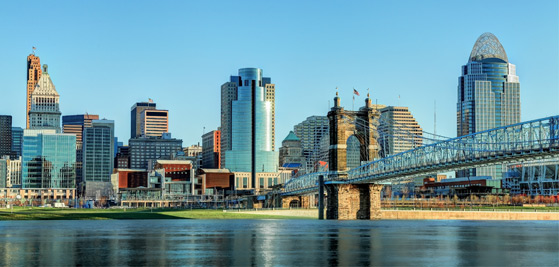Dealing with issues in your gas furnace can be frustrating and inconvenient. However, being able to accurately troubleshoot problems with your gas valve can save you time, money, and discomfort. While a homeowner can learn to identify some basic troubles, it’s vital to involve certified HVAC technicians for proper diagnosis and repair when handling risky gas systems and electrical components.
In the material to follow, we will unravel the most common gas valve furnace troubleshooting problems homeowners face. Read on to understand the typical defects and learn how to diagnose issues.
What is a Furnace Gas Valve?
A gas valve acts as the control point for allowing fuel flow from the gas supply lines into the furnace combustion chamber. It regulates gas input based on whether ignition components indicate the pilot light is lit and sensors signal calling for heat.
The valve contains both electrical switch circuitry and mechanical flow control components. An electrical signal from the thermocouple holding the pilot light on will actuate a solenoid that physically opens the valve to start the gas moving. Adjustable flow limiters regulate gas pressure and volume. Shut-off levers cut supply completely when offline.
If pilot ignition fails or overheats sensors trip, the circuit cuts power to the gas valve solenoid. This automatically closes access and halts all gas input to both the pilot outlet and the main burner supply orifices. Later in the ignition sequence after flame lighting, high-limit switches confirming successful combustion will allow the valve to remain open to keep heating.
The gas valve thus serves as the central gatekeeper allowing fuel gas to enter for providing heat or sealing it off when unsafe conditions arise. Understanding your furnace gas valve and how it integrates with other components guides troubleshooting.
Read our Exploring the Cost of Furnace Gas Valve guide for more specified information on gas furnaces.
Common Gas Valve Furnace Issues
Gas valve furnace issues cover a wide range of faults that can disrupt heating and present safety hazards. Understanding the most frequent problems encountered guides where to focus troubleshooting efforts when temperature regulation suffers.
Some of the most frequent gas valve furnace problems include:
- Pilot Light Issues: The pilot light won’t ignite or stay lit properly. This prevents heating the thermocouple to open the gas valve.
- Burner Problems: The main burner fails to light even when the pilot is on. This prevents flame production for heating.
- Short Cycling: The furnace turns on and off frequently instead of running steadily. This leads to inconsistent heating.
- Won’t Shut Off: The furnace gets stuck running non-stop with the gas valve stuck open. This wastes gas and risks overheating.
- Gas Odors: Smelling gas from the furnace points to a leak allowing gas to build up inside. This can create explosion and carbon monoxide risks.
- No Heat: In some cases, the furnace will run but blow cold air due to the gas valve not opening. No flame means no real heat production.
Knowing the most frequent gas valve defects provides a starting checklist when your furnace acts up while verifying where in the system issues arise gets troubleshooting headed in the right direction.
Diagnosing a Faulty Thermocouple
The thermocouple is a vital component that reacts to the pilot light’s heat by producing a small electric voltage to hold the gas valve open. If it fails, the pilot light can’t trigger gas flow.
Issues with faulty thermocouples include:
- Weak/non-existent pilot light preventing voltage generation
- Cracked ceramic thermocouple tip unable to get hot
- Corroded electrical connections cause voltage drops
- Damaged thermocouple wires grounding out the circuit
- Blown fuse/circuit board not transmitting a signal
Testing the thermocouple requires checking both temperature reaction and output voltage. Use a multimeter to confirm if 25-30 mV occurs when the tip is heated. If not, replacing the faulty thermocouple is necessary.
However, it is not recommended that homeowners attempt testing or replacing thermocouples themselves, as this requires working near dangerous gas connections. Instead, call a certified HVAC technician who can complete testing and replacements safely.
Common Pilot Assembly Problems
A furnace’s pilot assembly houses the igniter, thermocouple, safety sensors, and gas outlet regulating the pilot flame. Malfunctions here can prevent lighting or letting the pilot stay lit. However, pilot assemblies contain complex components best serviced by HVAC technicians to avoid gas leaks and combustion risks.
Pilot assembly troubleshooting involves:
- Cleaning blocked gas outlet holes preventing flame ignition
- Adjusting flame sensor positions in the flame for best heat detection
- Re-aligning tilted pilot hoods disrupting flame contact
- Checking for kinked/blocked gas lines leading to the assembly
- Replacing damaged thermopiles unable to keep the pilot operational
While inspecting for dirt, misalignments, or cracks impacting functionality can guide repairs, have certified professionals handle any pilot assembly testing or repairs for your safety. They have specialized training for working with gas systems.
Gas Valve Issues
Problems directly with the gas valve often manifest as an inability to open and pass gas for combustion even when other components function normally.
Gas valve defects exhibit symptoms like:
- The pilot won’t stay lit after the thermocouple replacement
- Main burners not firing despite fixed pilot light
- The valve making a buzzing/humming noise trying to open
- Gas flow irregularities like flames lifting or going out
Testing valve solenoids and levers confirms if electrical actuation works properly. Stuck valves require lubricants like WD-40 or manual exercise to regain smooth mechanical operation. But extensive damage necessitates replacing the whole control valve.
Homeowners should never attempt gas valve testing or repairs on their own due to the expertise needed and gas leak dangers. Certified HVAC technicians have specialized training to service valves safely.
Electrical Control Board Troubleshooting
Sophisticated circuit boards regulate and synchronize furnace staging. But complex electronics lead to potential control board problems like:
- No power to furnace components
- Failure to initiate ignition sequence
- Not sending voltage signals to the gas valve
- Shutting down early on safety limits
- Blown fuses disable output commands
Systematically checking connections, fuse continuity, and controller programming help isolate issues. Simple problems may involve resetting power or replacing blown fuses. However, troubleshooting complex faults requires advanced electrical testing skills and may demand replacing bad circuit boards. Homeowners shouldn’t attempt diagnosis or repairs on furnace control boards themselves.
Essential Preventative Furnace Maintenance
Staying on top of regular furnace maintenance is extremely important for preventing avoidable breakdowns and extending the lifespan of your system by keeping all components in peak operating condition. Without diligent preventative upkeep, small issues can escalate into major repair problems or even complete furnace failure.
Recommended key maintenance tasks include:
- Annual professional deep cleanings and tune-ups
- Monthly air filter inspections and cleaning/replacement
- Frequently checking gas lines and valves for dangerous leaks
- Annual exhaust vent and heat exchanger inspections
- Off-season complete pilot light and gas supply shutdowns
- Biannual inducer motor and bearing lubrication
Don’t make the mistake of deferring maintenance until bigger problems arise. Instead, strictly follow the manufacturer’s advised furnace service schedule to catch small problems early, before they can disrupt heating capabilities. Preventative upkeep provides the best assurance of uninterrupted warmth and system longevity.
Calling In a Professional
In many furnace troubleshooting scenarios, the specialized expertise of a certified HVAC technician becomes essential. While basic do-it-yourself repairs may seem straightforward, complex underlying issues can exist that require an expert eye. Technicians have extensive formal training, inspection equipment, and resources far beyond typical DIY abilities.
Specifically, their expertise is critical for issues like:
- Electrical faults in hidden components
- Cracked heat exchangers leaking carbon monoxide
- Improperly sized gas lines
- Exhaust vent blockages requiring roof access
- Whole furnace replacement considerations
Technicians can fully diagnose even obscure faults, source specialized parts, and conduct intricate repairs most homeowners couldn’t execute properly or safely. They also implement critical gas and electrical safety precautions. Don’t play with fire—the cost of professional repairs pales compared to avoiding disaster. Utilize their expertise for your protection.
The Logan Difference
When gas valve issues arise in your furnace, rely on the experts at Logan A/C & Heat Services for safe troubleshooting and repairs. Our team of certified HVAC technicians has over 50 years of combined experience diagnosing and servicing all makes of heating systems. We set ourselves apart through quality workmanship and caring service.
Our technicians are fully versed in testing thermocouples, assessing pilot assembly problems, fixing gas valve defects, and troubleshooting electrical control boards. We use advanced diagnostic equipment and procedures to pinpoint issues while rigorously following gas safety precautions. If replacements or complex repairs are needed, we source all required furnace parts quickly.
When it’s time to replace your faulty furnace’s gas valve, Logan can also help with selecting a reliable gas valve that meets all safety certifications and integrates properly with your heating system.
Here’s why homeowners trust Logan A/C & Heat Services for furnace installations and maintenance:
- Expert Technicians: Our factory-trained technicians adhere to strict HVAC best practices.
- Quality Components: We install new valves and parts to manufacturer specifications.
- Safety Focus: Rigorous protocols protect you from gas leaks and carbon monoxide dangers.
- Educational Guidance: We explain repair details and preventative maintenance tips.
- Excellent Reputation: Homeowners rely on our 50+ years of HVAC service expertise.
Contact Logan A/C & Heat today—we have the experience to diagnose your furnace issues, outfit it with quality components, maximize system health, and help you breathe easier through conscientious home heating service.
Frequently Asked Questions
Why does my pilot light keep going out?
A pilot that won’t stay lit usually stems from a failing thermocouple not signaling the gas valve to remain open without the external igniter. Thermocouple issues to check involve loose wiring connections, inadequate positioning in the pilot flame, corrosion lowering voltage output, or cracks preventing sufficient heat levels.
What causes furnace short cycling?
Frequent on/off furnace cycling instead of steady operation happens when the internal heat sensor triggers premature shutdowns before reaching the set temperature. Faulty sensor readings, incorrect sensor placement, defective control boards, or airflow problems like a dirty filter can all cause short cycling.
How do I relight my furnace pilot light?
The basic steps for relighting a furnace pilot involve rotating the gas valve to the pilot, depressing the knob, and clicking the igniter to spark the flame, then continuing to hold down the knob for 30-60 seconds to heat the thermocouple before releasing. However, pilot relighting is actually best left to HVAC professionals rather than attempting DIY.
What should I do if I smell gas coming from my furnace?
Any gas odor signals a serious leak and potential safety threat. Immediately shut down the gas valves, evacuate everyone from the building, and call 911, the gas company, or HVAC technicians to inspect for cracks allowing dangerous fume accumulation. Never turn furnace components back on until the leak gets fully repaired.
Why does my furnace run but blow cold air sometimes?
A furnace circulating unheated air without shutting down likely has an issue with the gas valve not opening to let fuel flow to the burners. This prevents flame ignition to warm the air. Faulty valve components like stuck levers or bad solenoids prevent valve operation. Replacing damaged parts restores normal function.
How often should furnace maintenance be performed?
Most manufacturers recommend annual furnace maintenance by certified HVAC technicians each year before the heating season ramps up. They inspect components for wear and tear, test functioning, clean accumulated dust and debris, check gas safety, and tune systems up to optimal efficiency standards. Doing this maintenance prevents bigger repair issues down the road.

















